Home » Gear Reviews » Hiking & Camping » Backpacks » Camera Backpacks » Peak Design Everyday Backpack 30L
Peak Design Everyday Backpack 30L Review
March 10, 2018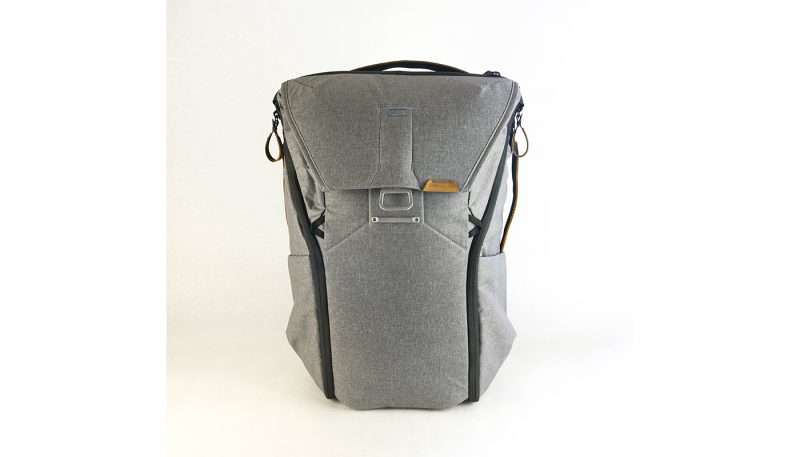





























 85
85 The Good
- Clean design
- Great access to gear
- Modern and inconspicuous look
The Bad
- Top section not separated from camera section
- Precipitation can enter through top of pack
- No load transfer to hips
Comfort/Fit
The Peak Design Everyday Backpack 30L’s basic suspension design worked well for day shoots in the city while carrying a 30-pound load consisting of a mirrorless body, three zoom lenses, a mid focal prime, typical camera accessories, extra clothing layer, water bottle, and a notebook computer with accessories. The shoulder straps and back panel have ample and dense padding, which prevented pressure points from collapsed foam or items protruding from inside the pack. The shoulders straps swivel at their top attachments, which made slinging the bag to one side to access gear comfortable and provided a good range of fit. Peak Design offers a 20L version for smaller frames. The sternum strap uses metal clips for adjusting the height and is one-hand operable from either side. The hideaway hip belt is simply a webbing strap; it didn’t transfer the load to the hips, it just kept the pack more stable in its position on the back.
Stability
The Peak Design Everyday Backpack 30L was stable with loads in the 30-pound range for maneuvers typical of urban environments. The well-padded back panel is large relative to the bag’s other dimensions, which gave the bag a planted feeling on the back. The sternum strap worked well but the webbing-only hip belt would have performed better with padding, but then would not be able to hide away like it does. It could only be tightened so much before becoming uncomfortable, which limited load transfer. The hip belt proved effective for stabilizing the load while urban cycling, but more aggressive maneuvers caused bouncing.
Storage
The Peak Design Everyday Backpack 30L is a top loader with a single interior volume, which can be accessed through side access panels on either side while hanging the bag off one shoulder. Three “Flex Fold” dividers come with the pack to organize this single space. These padded dividers have embossed folding points, which provide three-dimensional options for separating and stacking photo gear. Large zippered flaps which reach the entire length of the pack provide access to the interior. These flaps have external stretch pockets capable of expanding to accommodate bulkier items and stretchy interior pockets suitable for filters, memory cards, cleaning supplies, batteries, and other smaller accessories. A single oversized flap covers the top opening uses a ladder latch system to expand with larger loads—at which point there is the potential for precipitation entry. There is a top accessed, zipped computer slot sized for a 15” notebook with a separate tablet sleeve; they both use stretch panels to swallow the width of the computer but laid flat to maximize the main interior space when not in use. The tablet sleeve would often snag the computer requiring trying again. There is also a small suspended stretch pocket at the top of the sleeve that was perfect for computer cords. Large elasticized pockets on each side the pack expand to accommodate water bottles and tripods, with removable webbing straps that allowed cinching these items down. The bottom of the pack has two other exterior webbing straps that tuck into a magnetically sealed flat pocket. These straps are configurable in numerous ways to lash items to the bottom of the pack or the front of the pack, either vertically or horizontally.
The Peak Design Everyday Backpack 30L has ample back panel and shoulder strap padding, but the rest of the pack’s padding is much thinner. The protection for camera gear was adequate for urban use except for the bottom of the pack. Using one of the Flex Fold dividers to add padding to the bottom of the pack was prudent; I broke a lens hood from repeatedly putting the loaded pack down on concrete. Utilizing one of the Flex Fold dividers this way did lessen options for gear separation.
One curious aspect of the Peak Design Everyday Backpack 30L is the singular interior space. The Flex Fold dividers took some practice and watching YouTube videos to find the best way to use them. The dividers do not attach or span the entire interior width of the pack; thoughtful packing was required to keep things from falling from top to bottom, or even out an open side access panel. The Flex Fold dividers could unfold in certain situations, which again mandated care when opening a side panel. The divider system also didn’t tightly cradle items like other camera bag dividers, which at times left smaller items able to jostle.
A mirrorless camera with mid zoom mounted, long zoom, wide-angle zoom, and one mid focal prime lens all fit within the Flex Fold dividers. The upper section left enough space for food, extra clothing layers, and computer-related gear. Utilizing the entire interior of the pack for camera gear allowed carrying an entire DSLR pro-level kit.
Durability
500d “Kodra” covers the Peak Designs Everyday Backpack 30L; it’s DWR impregnated and poly-coated twice on both sides, which proved extremely durable during testing and showed zero wear. A polycarbonate-based PU coating on 900d polyester shields the bottom surface of the pack and Hypalon reinforced fabric cover high-stress and abrasion prone areas like corners and flex points. All hardware is crush proof anodized aluminum, and the webbing is high quality. Overall the pack is built for the long haul. The main drawback was potential for water ingress when the top closure flap is maxed out—just the way the fabric folds could trap falling rain—which was curious as the fabric and zippers are highly weather resistant.
Extras
Useful extras adorn the Peak Design Everyday Backpack 30L:
– All exterior zippers are weatherproof
– There is a small magnetically closed hidden interior pocket at the top that was ideal for a passport
– External webbing straps and hip belt all tuck away into pockets and are removable
– Single-handed sternum strap operation
– The pack has a pass-through which allows it to slide horizontally on to roller bag handles
– A patent-pending “MagLatch” closes the top flap of the pack and was operable with one hand, without looking
– Both sides and top of the pack have a stout, foam-stiffened webbing grab handle
– The quick release key tether uses Peak Design’s Anchor Link system
– The pack has a reflective clip point for a cycling tail light
– Zipper pulls have a low-security locking mechanism; can lock side access panels only or side access and top access panels at the same time
We used the packs for both professional assignments and personal use. Most testing occurred during full days in the field while working various editorial duties in both the outdoor and motorsports industries, as well as use during photography school projects. Testing of the five packs took over a year and encompassed travel across the United States and into both Baja and mainland Mexico. The packs endured everything from winter alpine conditions to warm beaches in all four seasons.
Seiji specializes in climbing, but his interests have spanned a wide array of outdoor pursuits. Based in Wimberley, TX, Seiji has worked in several aspects of outdoor sports, including coaching, training, guiding, gear design, and writing. Find out more about Seiji at seijisays.com.










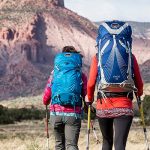

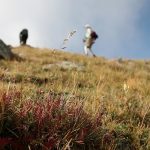


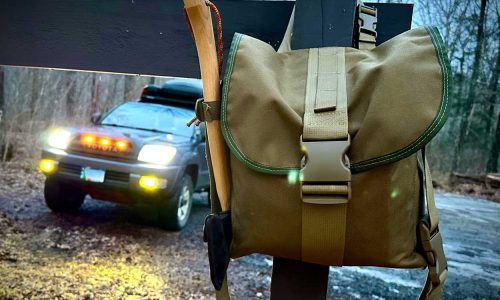
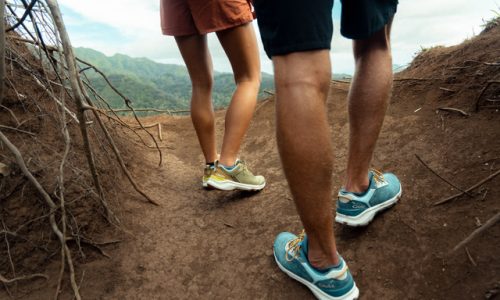

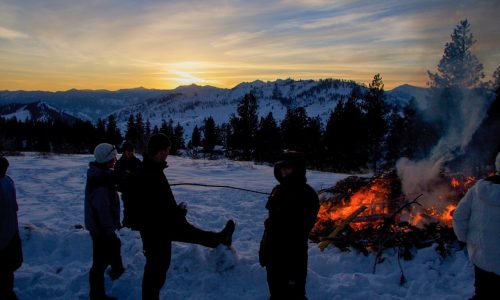
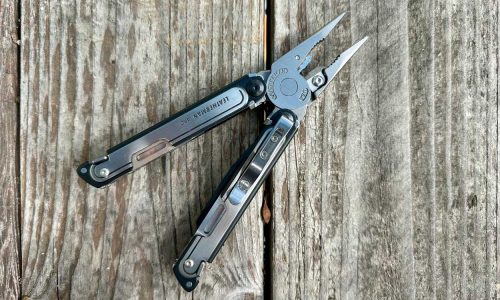
No reviews have been posted for this product.
Use this gear?
Join Gear Nation and leave a review!
Create an Account